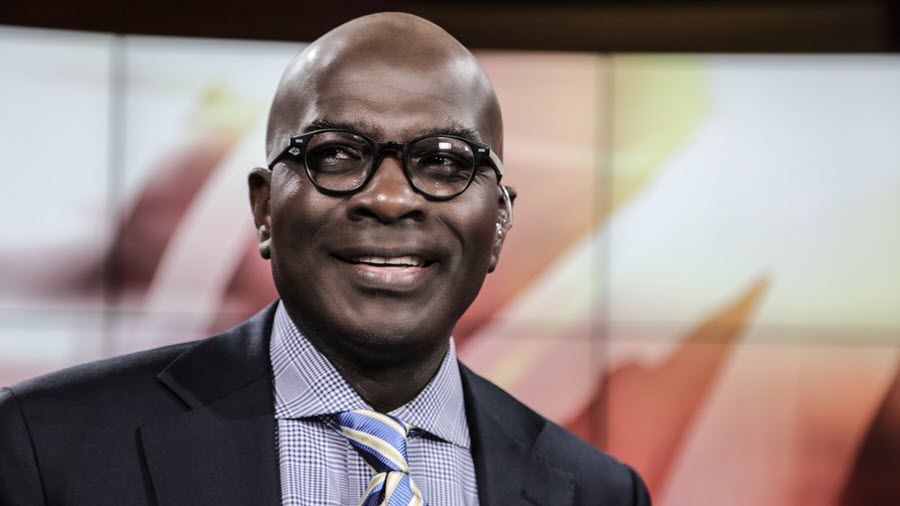Doomsday for TV Localism and Community If FCC Doesn’t Change Archaic Rules

"With the death of newspapers in all but a few major markets, broadcast television is the only real source of local news left in American society. The survival of local journalism is vital to the fate of American democracy and our communities." -Armstrong Williams
Over the past few decades, the notion of a world without the newspaper industry has gone from grimly conceivable to a foregone conclusion. Once the cornerstone of localism and community, over the past two decades, the local newspaper has become nearly extinct. What started as a trickle, when classifieds moved away from newspapers to websites like Craigslist, turned into a flood of lost revenue when advertisers left in droves to Google and Facebook. Total advertising revenue in the industry fell from $65 billion in 2000 to less than $19 billion in 2016, a precipitous decline of more than 70%.
History is set to repeat itself in the broadcast television space. From 2014 to 2019, the total percentage of local advertising dollars spent on broadcast television fell from 14.3% to 11.2%. By 2023, BIA Kelsey forecasts, that percentage will drop to 9.7%. These precipitous drops have already caused a significant reduction in local news and other programming.
Only a new source of revenue -- from distribution or retransmission fees -- has delayed the death of local broadcasters thus far. However, this source of revenue will soon itself evaporate. Along with the Big 4 television networks’ ever-increasing demands for higher affiliation and reverse retransmission consent fees, cable and satellite operators are putting an increasingly tighter grip on fees broadcasters can charge them for carrying local stations. Moreover, the proliferation of behemoth, non-local digital media platform competitors like Google, Disney, Dish, and AT&T are continuing to peel advertising dollars and viewers away from traditional television.
With the death of newspapers in all but a few major markets, broadcast television is the only real source of local news left in American society. The survival of local journalism is vital to the fate of American democracy and our communities. For the broadcast television industry -- and in turn the local news business – to survive, the FCC’s broadcast ownership restrictions must adapt or be eliminated altogether. Democracy requires a robust and independent press, and without significant changes in the regulation of broadcast television ownership, many communities will be left without this cornerstone of democracy.
The FCC’s current regulations are premised upon a depression-era marketplace where newspapers and broadcasting controlled the flow of information. This is not today’s media landscape. Nevertheless, the FCC’s rules prevent cross-ownership of newspapers and broadcast facilities, and place caps on overall broadcasters’ National Audience Reach. None of these restrictions, however, apply to broadcaster’s direct competitors.
As the Internet, cable, satellite, wireless, and the telcos expand, they are taking an ever-increasing portion of the overall advertising market. Of the companies competing for local advertising dollars, only broadcasters and the few remaining newspapers provide local news.
In contrast to the regulatorily limited and diverse local broadcasters, two wireless providers, AT&T and Verizon, each have nearly a 35% share of the U.S. media market. Proponents of regulation argue that broadcasters can potentially reach 39% of the national audience under the current rules. That, however, is a legal fallacy. When a broadcaster owns a single station in a television market, the national ownership rules attribute the entire market to a broadcaster’s audience reach. The reality is much different. There are generally at least five broadcast stations in each of the 210 local television markets (and many times there are eight or more stations). Therefore, a broadcast group at the 39% national cap does not control 39% of the market. Rather they may receive at most 20% of a local market, or less than 8% of the national market
With these restrictions limiting the broadcasters audience reach, it is impossible for them to compete for advertising dollars with wireless companies that can reach 35% of the national audience without restrictions. These advantages have given birth to unimpeded media behemoths who use their market concentration and vertical integration across production and distribution to swallow up competition for advertising dollars, thereby killing the last remnants of the local media ecosystem.
A few strong and robust national broadcasters unfettered from today’s antiquated regulations could be bulwarks against this total market domination by wireless and tech companies, and help broadcasters avoid the newspaper death sentence. Furthermore, a larger voice for broadcasters can enhance viewpoint diversity in the modern age. If a broadcaster were able to own more than one station in a market, it could expand program offerings across its stations to serve specific communities and demographics. A broadcaster with two or three stations in a market would be able to keep up with the modern consumption demands in a world driven by consumer choice.
The bottom line is that if the FCC does not significantly change or eliminate its archaic rules, the values of localism and community service these very rules were originally created to protect will go the way of the Dodo bird and newspaper industry. I am hopeful and optimistic that the FCC will see the need for these changes before this cornerstone of democracy is lost.
Armstrong Williams is manager and sole owner of Howard Stirk Holdings I & II Broadcast Television Stations and the 2016 Multicultural Media Broadcast Owner of the year.
Broadcasting & Cable Newsletter
The smarter way to stay on top of broadcasting and cable industry. Sign up below
Armstrong Williams is a principal owner of the Baltimore Sun and manager/sole owner of Howard Stirk Holdings I & II Broadcast Television Stations.



